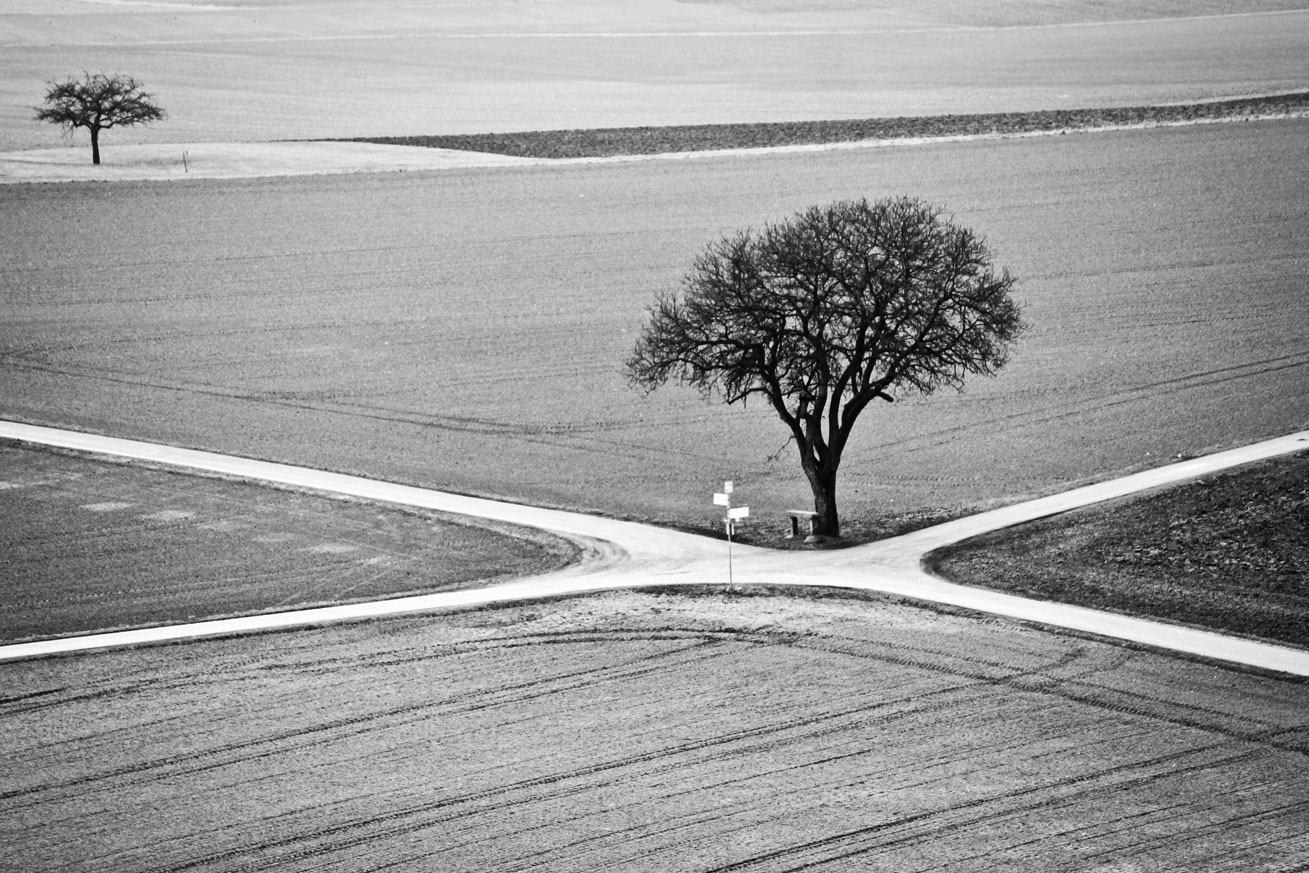Since 1900, the percentage of Americans living in rural areas dropped from 60% to 17%. Yet, Americans still rely on rural communities for food and other resources. The Smithsonian’s Museum on Main Street traveling exhibition “Crossroads: Change in Rural America” looks at that remarkable 20th century societal change and how rural Americans responded.
A lot of people won’t have the chance to go to Washington, D.C., to visit a Smithsonian Museum, and this exhibit brings the experience close to home. – Jennifer Macias, Colorado Humanities history programs coordinator
Crossroads: Change in Rural America traveling exhibit sets up in local
museums, libraries, and humanities centers across the country.
A partnership of the Smithsonian Institution Traveling Exhibition Service and Colorado Humanities, Museum on Main Street is traveling “Crossroads” to eight Colorado towns this year.
“We are excited to bring this to rural Colorado communities,” Colorado Humanities History Programs Coordinator Jennifer Macias says. “A lot of people won’t have the chance to go to Washington, D.C., to visit a Smithsonian Museum, and this exhibit brings the experience close to home.”
Through a selection of photographs, objects, film, audio, and interactive displays, “Crossroads” takes a broad look at the characteristics and impact of rural America. This focus on rural America gives people an opportunity to see areas of overlap and to highlight what is different about each community.
Photos courtesy of Museum on Main Street, Smithsonian Institution Traveling
Exhibition Service.
Even though each community is different, rural American communities share similarities. “A unifying theme is family structures,” Macias says. “While the family unit might look different from place to place, the exhibit highlights that the larger idea of ‘family’ is what helps rural areas flourish.”
Designed for small-town museums, libraries, and cultural organizations, “Crossroads” serves as a community meeting place to bring people together. “History is a unifying topic of conversation because it’s a shared experience, a collection of peoples’ stories and lives,” according to Macias.
Macias reports that when “Crossroads” was in Alamosa and Walsenburg in 2023, it “helped people realize that their local rural history is important to the narrative of Colorado history and American history.” Emphasizing that Colorado has an important indigenous history and that Mexican Americans and Latinos contribute to the state’s history, she says, “‘Crossroads’ recentralizes the idea that you can’t have a history of America or a history of Colorado without including the histories of these rural towns.”
The map on the next page shows where the exhibit will be this year. More information about these dates and locations can be found at coloradohumanities.org.
History is a unifying topic of conversation because it’s a shared experience, a collection of peoples’ stories and lives.”
— Jennifer Macias, Colorado Humanities history programs coordinator
Crossroads: Change in Rural America
Where to find the exhibit near you.
- TRINIDAD –through January 13
- LA JUNTA – January 22 – March 2
- YAMPA – March 11 – April 20
- IGNACIO – April 29 – June 8
- PAONIA – June 17 – July 2
- STERLING – August 5 – September 14
- BURLINGTON – September 23 – November 2
- GUNNISON – November 11 – December 21

